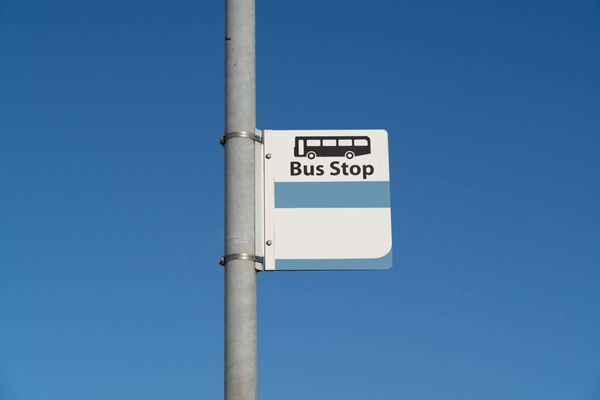
Twenty-two years ago, I talked my sister and two business associates into investing in a small country supermarket. As a sign of our commitment, my wife and I sold our house to put up our share ($100,000) to be an equal shareholder and manage the business.
We looked at a store in a large regional town (part of Franklins, a now-closed discount supermarket chain) and a store in a small country town. We chose the store in the small town. Why? Because there was no way we were going to risk our hard-earned dollars to compete with that regional town’s two major supermarkets.
That ex-Franklins store was half the price but closed within 12 months. Yet 22 years later we are still here — we grew to two stores at one stage, and now manage one site where we employ 45 people and serve about 3,500 customers a week. We do not compete directly with Woolworths or Coles and are a little more expensive, but if we aren’t competitive our customers will drive the 40 minutes to shop elsewhere.
The major supermarkets have a policy that they don’t set up in towns with populations of fewer than 3,500. But that’s changing. We are seeing online shopping vans appearing in small towns around us.
The major supermarkets with 65%-plus share drive the systems and policies for the industry in Australia. While many of the efficiencies and standards are good, some very ordinary procedures and practices still exist.
We draw our goods from the grocery wholesaler Metcash, but everything we do — all our systems and marketing — is focused on what Coles and Woolworths do. Every week we are sent new prices as part of our pricing strategy for a particular department in our store. One week it’s soft drinks, the next it will be biscuits.
Why? Because the prices have been checked against Woolworths and Coles — and we follow them. Let’s look at some specifics.
Take a product like a 360g block of Cadbury chocolate. The customer price is now $9.80, a rise of $2 in the past year and a half. But while it goes on and off promotion regularly, the wholesaler cost to supermarkets like ours has not increased in that time.
Next consider a 45-pack of Finish Dishwashing Tablets. The customer price is $74.45 since it hit the shelves last August (it’s often on special for $31). The shelf price hasn’t changed in that time, except the wholesaler cost has shot up from $184 a carton to $288.
My point here is that ever since COVID, a small country supermarket now finds itself entwined in a new pricing system that promotes huge RRPs on the supermarket shelf and heavily discounted specials — and this appears to have little to do with the actual cost of the product to our store.
This system is a pricing strategy forced on us by the most powerful players in the industry and it’s not fair on consumers. As a former category buyer on the ABC’s Four Corners investigation into the major supermarkets said, instead of creating outrageous shelf prices and justifying it with big specials, just deliver the customer a fairer and more moderate pricing system all round.
About 12 years ago, we were the first independent supermarket in NSW to ban plastic bags at checkout — removing a modest 6,000 bags a week from our then two stores. I begged Metcash to follow suit and to encourage other IGA stores to do the same; I even offered to paint my store green. A few murmurs but no enthusiasm. Fast forward about four years, and at our annual conference Woolworths and Coles decided to ban single-use plastic bags. Metcash followed suit the next day.
While calls for major supermarkets to be broken up have been compared to communist Russia, the simple fact remains that the supermarket industry in Australia has one of the largest market concentration, and the breaking up of these entities will not harm anyone in the long run. Not investors, not consumers, not staff, not management — and least of all not consumers.
In the end, it would make Australia less reliant on big business and more innovative, and would allow a fairer business environment to flourish.







